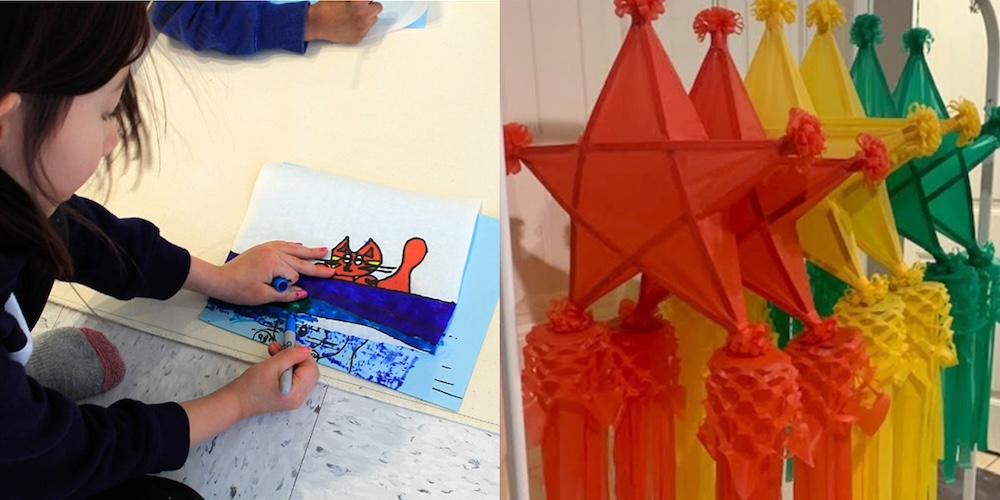Celebrate a Filipino Christmas in Canada at this parol-making workshop

Parol-making workshop at Humboldt and District Museum and Gallery in Canada? Sign us up | Photos from humboldtmuseum.ca and discoverhumboldt.com
It may be a universally accepted notion now that Filipinos definitely know how to celebrate Christmas.
With decorations being put up in Filipino households as soon as the “ber” months arrive, Mariah Carey singing “It’s time!” may just be the moment to get started on the festivities. In fact, Mariah herself encouraged Filipino fans to play her smash hit “All I Want For Christmas” as early as September.
From preparing Noche Buena to serving plates of bibingka, every Filipino probably has a favorite activity during the holidays. For the crafty ones (or those who just have a penchant for pretty decor), there’s also parol-making.
A parol-making workshop at Humboldt
If you happen to be in Canada, there’s a way for you to spread the Filipino holiday cheer even more. Leo from Humboldt Ink, who is a known volunteer that dedicates his time to the annual Filipino festival each summer, will be sharing his time to show everyone of all ages how to make a parol.
Patrons are invited to come to the Humboldt and District Museum and Gallery to make their own star-shaped traditional Filipino lantern while learning about its significance to the Filipino Christmas on Dec. 6, 7 p.m., and Dec. 9 and 16 at 4 p.m. The workshop is free and materials will be provided by the museum. Since there will also be gluing and cutting, little kids might need parental help—those under 15 years old must be accompanied by an adult.
Not only that—attendees of the workshop will also have the chance to learn about the parol’s history and significance.
The parol and what it means for a Filipino Christmas
The word “parol” comes from the Spanish word “farol” that translates to lantern. The art of parol making in the Philippines is believed to have been started by Francisco Estanislao in 1908, utilizing bamboo strips and paper.
“In the late 18th century, lanterns were used in processions to honor Our Lady of La Naval in Bacolor, San Fernando’s mother town. Preceding electricity in the early 1900s, the lanterns were made of bamboo and paper that kept flames alight,” wrote Nolisoli.
Over the years, a number of festivals and parades featuring the timeless star-shaped relics have also happened across the Philippines, the most famous one being the Giant Lantern Festival in San Fernando City, Pampanga.

